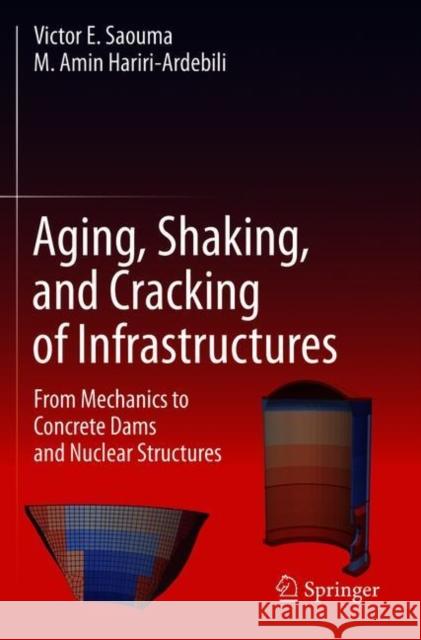Aging, Shaking, and Cracking of Infrastructures: From Mechanics to Concrete Dams and Nuclear Structures » książka
topmenu
Aging, Shaking, and Cracking of Infrastructures: From Mechanics to Concrete Dams and Nuclear Structures
ISBN-13: 9783030574338 / Angielski / Twarda / 2021 / 1115 str.
Aging, Shaking, and Cracking of Infrastructures: From Mechanics to Concrete Dams and Nuclear Structures
ISBN-13: 9783030574338 / Angielski / Twarda / 2021 / 1115 str.
cena 806,99
(netto: 768,56 VAT: 5%)
Najniższa cena z 30 dni: 771,08
(netto: 768,56 VAT: 5%)
Najniższa cena z 30 dni: 771,08
Termin realizacji zamówienia:
ok. 22 dni roboczych
Bez gwarancji dostawy przed świętami
ok. 22 dni roboczych
Bez gwarancji dostawy przed świętami
Darmowa dostawa!
Kategorie BISAC:
Wydawca:
Springer
Język:
Angielski
ISBN-13:
9783030574338
Rok wydania:
2021
Wydanie:
2021
Ilość stron:
1115
Waga:
1.75 kg
Wymiary:
24.08 x 16.26 x 4.83
Oprawa:
Twarda
Wolumenów:
01











